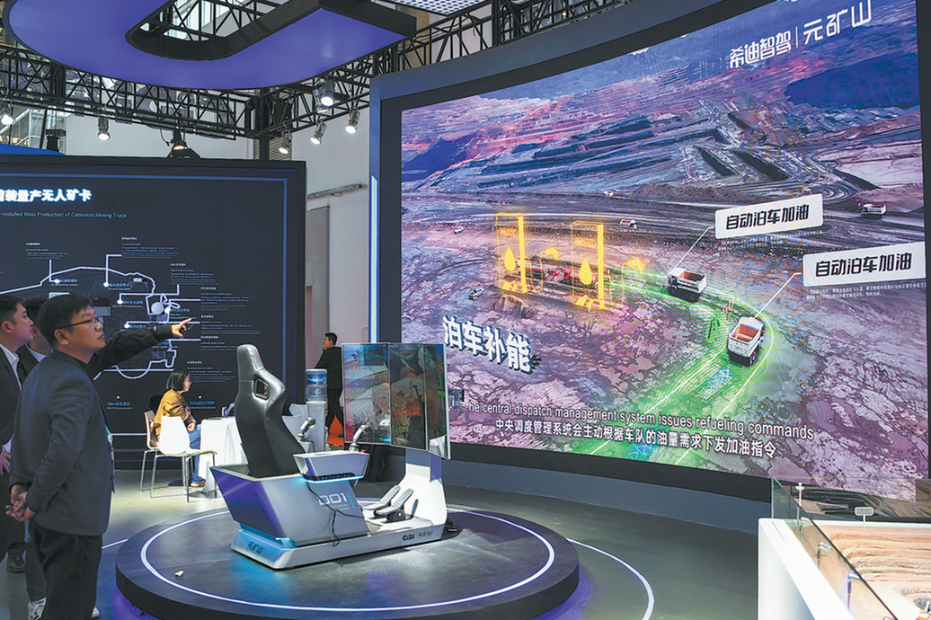First disease predicting facility being constructed
By QIU QUANLIN in Guangzhou | China Daily | Updated: 2025-03-26 09:07
Construction began for a first-of-its-kind scientific research facility for human cell lineage in Guangzhou, capital of Guangdong province, on Tuesday. The facility is expected to generate a range of innovative scientific and technological achievements in reagents, instruments, software and data.
With a planned construction period of four and a half years and a building area exceeding 50,000 square meters, it is the first national-level large-scale scientific facility in the field of life sciences in the Guangdong-Hong Kong-Macao Greater Bay Area.
"The facility aims to predict diseases and screen drugs by decoding the cell lineage," said Sun Fei, associate director of the Guangzhou Institutes of Biomedicine and Health of the Chinese Academy of Sciences.
The cell lineage refers to a dynamic evolutionary process of cells, which are the basic units of life, from a single fertilized egg through proliferation, differentiation and aging, according to the institute.
By focusing on developing innovative technologies and devices such as sample preservation, spatial multi-omics and advanced imaging as well as integrating cutting-edge technologies such as artificial intelligence, the facility will create a digital cell lineage covering the cells' development, disease and aging process in a three-dimensional way.
"It's like compiling a detailed cellular genealogy for life, allowing scientists and even the public to clearly trace the past and present of each cell," said Sun, also chief commander of the project.
Mapping the spatiotemporal evolution of cells throughout the entire human life cycle, the facility will develop a digital cell artificial intelligence model and a digital physiological human model, which will innovate a new paradigm for biomedical testing and open up new pathways for biomedical research and development.
Through retracing, simulating and predicting the evolution of disease cell lineages, the facility can accurately identify key points of pathological changes and construct a high-precision digital physiological human model from the single-cell level.
It can also conduct toxicity testing and drug trials on digital human models, expected to overcome the current difficulties in drug research and development, according to the institute. One of the fundamental reasons for the low success rate of innovative drug research and development is that the process relies on animal models, which cannot fully replicate human biological responses, the institute said.
Currently, a global innovative drug research and development project can cost 10 years and $2.6 billion on average, with a clinical success rate of less than 10 percent.
"In the future, the facility is expected to create a digital patient that integrates the cell information from real patients. By simulating the effects of different treatment methods on the digital patient, personalized treatment strategies can be made," said Chen Jiekai, a researcher with the institute.
The facility will enhance the integration of AI and data resources, develop innovative models, collaborate closely with leading enterprises and accelerate the translation of research outcomes into clinical applications, according to Chen.
Located at the Guangzhou International Bio Island, the facility will help attract top global scientific talents and teams to converge in Guangzhou and drive the development of human cell lineage research, Chen said.
























